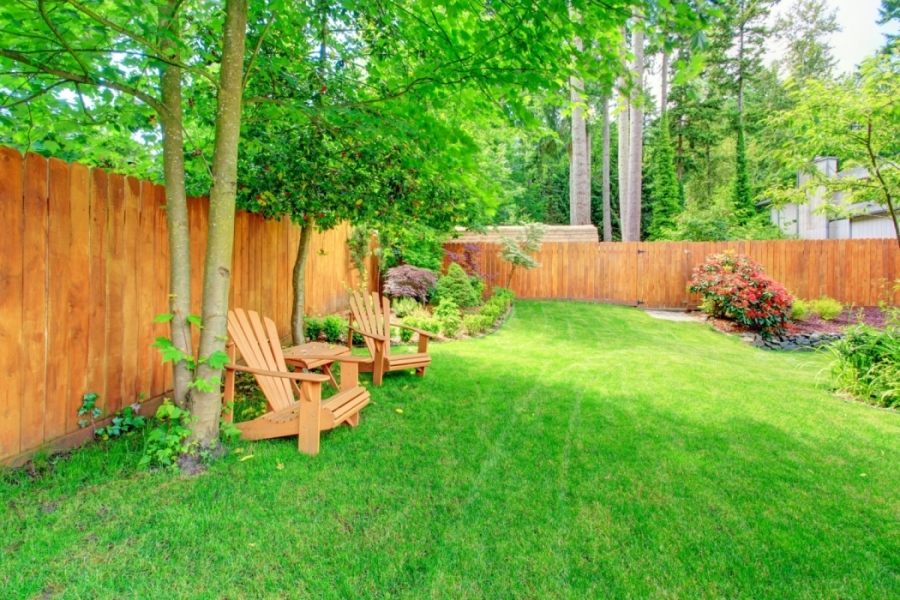You Ask, We Answer: What Are the Best Ways to Grow an Eco-Friendly Green Lawn?
With spring underway here in Connecticut, many of us are anxiously awaiting the green blanket of lawn that signals that warm weather is here to stay. But if having a plush green yard seems more aspirational than doable, you’re not alone. For many of us, a thick carpet of grass takes a whole lot of experimentation, work–and a whole lot of lawn care products. If you’re searching for the best ways to grow a green lawn but want to keep it environmentally friendly this year, keep reading. We’ve got some helpful hints ahead that will have you putting down the lawn care chemicals and picking up some eco-friendly new habits.
Healthy grass starts with healthy soil
As it turns out, your grass is only as healthy as the soil in which it grows. When focusing on creating an eco-friendly lawn, you want to first focus on getting your soil as rich as it can be so it can provide much-needed nutrients to your grass.
To begin, you want to aerate your lawn. According to Lawn Love, “Aeration is the method of creating holes in a lawn to alleviate soil compaction and increase the flow of oxygen, water, and nutrients to roots. Aerated grass roots can dig deep into the soil, growing strong and resilient.” After your lawn has been properly aerated, it’s time to add a thin top layer of compost (you can read about how to compost in our previous blog post) to really provide those nutrients. Because you’ve used natural ingredients in your organic compost pile, you don’t have to worry about harsh chemicals ending up in water runoff, or being harmful to bare feet and paws.
Lastly, if you have any bare or sparse patches on your lawn, go ahead and overseed with quality grass seed (follow the instructions on the packaging for the best results). Where there are healthy grassroots, there are fewer weeds! It’s a win-win.
Make sure you’re using the right type of grass
Of course, overseeding your lawn to help mitigate bare patches only works if you’re using the right type of grass seed. First and foremost, it’s important to buy high-quality seed. Did you know that lower-quality grass seed may actually contain weeds? Even a small percentage of weeds in your grass seed can amount to hundreds of weeds in your yard–exactly the thing you’ve been trying to avoid. Be sure to do your research and read the fine print on the packaging carefully.
It’s also important to consider the amount of light your yard gets, as well as the climate you live in. If you have a local hardware or lawn care store, consult with them about the right mixture of seed for your Connecticut lawn. Connecticut-based Ambrosio Landscapes recommends grasses that can withstand the changes of seasons in our Nutmeg state, like Kentucky bluegrass, perennial ryegrass, tall fescue, and zoysia grass, but speaking to someone in person may also help you answer any other questions you have around the right grass seed for your needs.
Opt for organic
After some trial and error with your composting and grass seed, you may find you still need fertilizer to keep your lawn green and healthy. Being eco-friendly doesn’t mean you can’t use fertilizer, it just means that the type of fertilizer you use may have to change.
Environmentally friendly fertilizers are often made from organic and natural ingredients such as fish meal, bone meal, or kelp meal. They can even come from alfalfa and corn gluten meal. Look for controlled-release or slow-release options that will allow your grass to absorb more of the nutrients, and again, ask your local store clerk which options make the most sense to help green your lawn without harmful chemicals.
With a little know-how and some planning, you can grow an eco-friendly green lawn for your Connecticut home this summer. Let us know how it goes!



